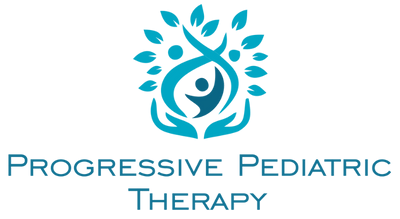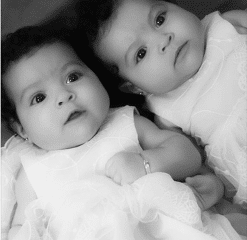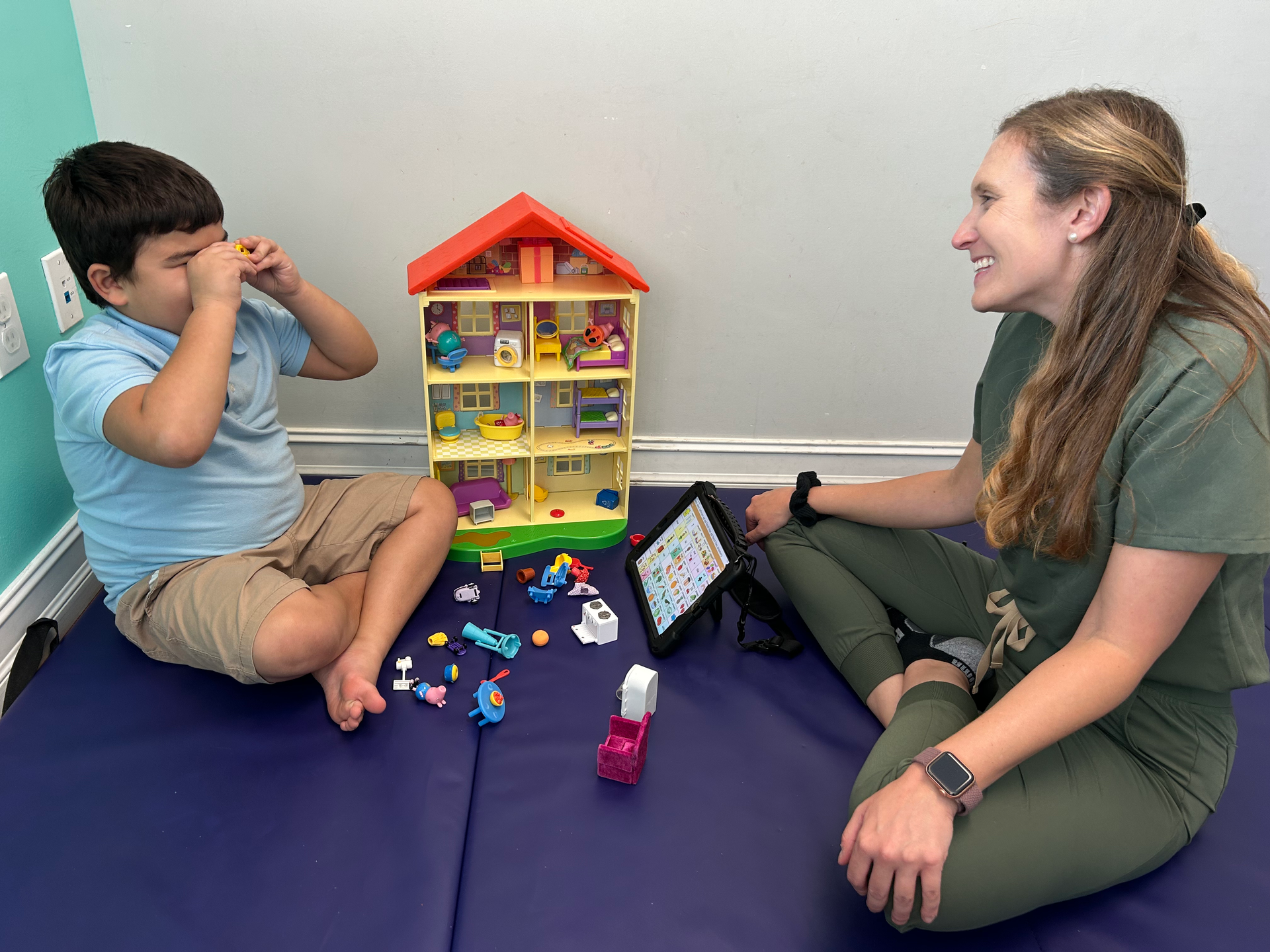Your Clinic
SET A LOCATION
Clinic Info
Select new location
5458 Town Center Road, Boca Raton, Florida 33486
11 AM – 10 PM
Boca Raton Clinic
+1 561-376-2573
Select a clinic below:
Use exact location
Orland Park, IL
8157 miles away
11 AM - 10 PM
14035 South La Grange Road, Orland Park, IL 60462
+1 (312) 509-4041
SELECT LOCATION












